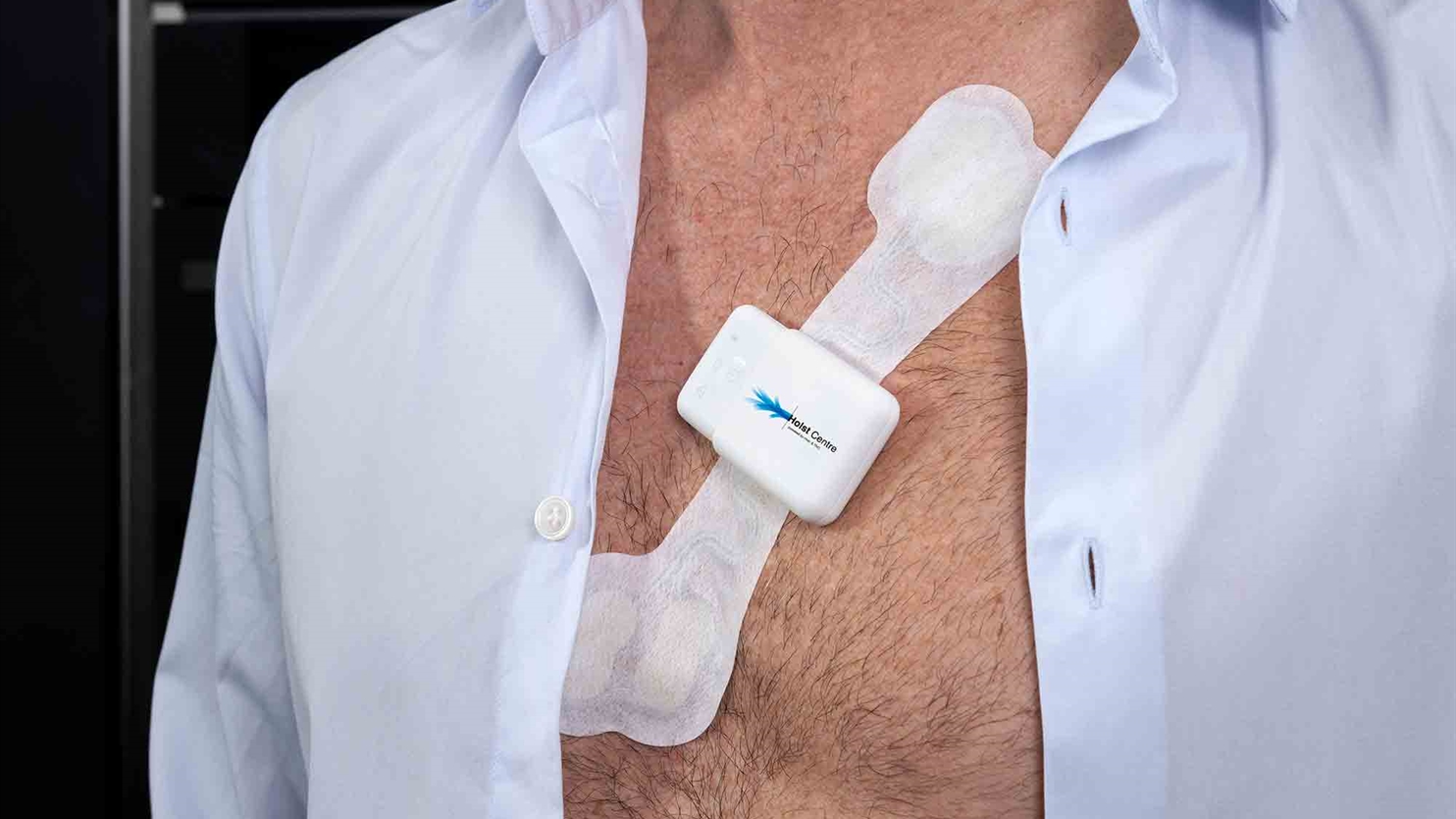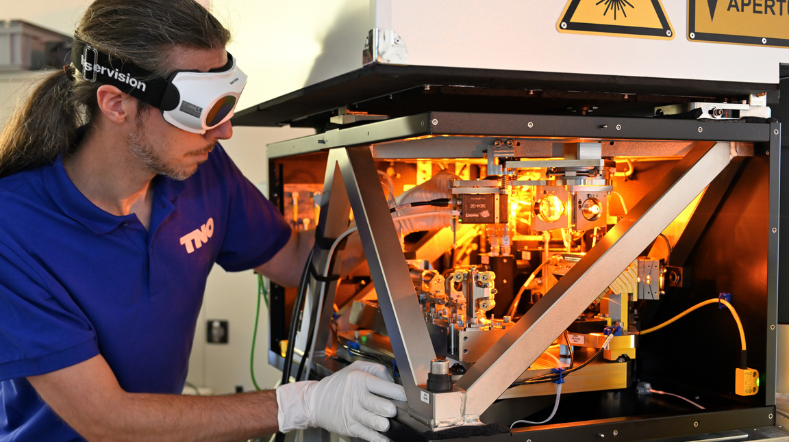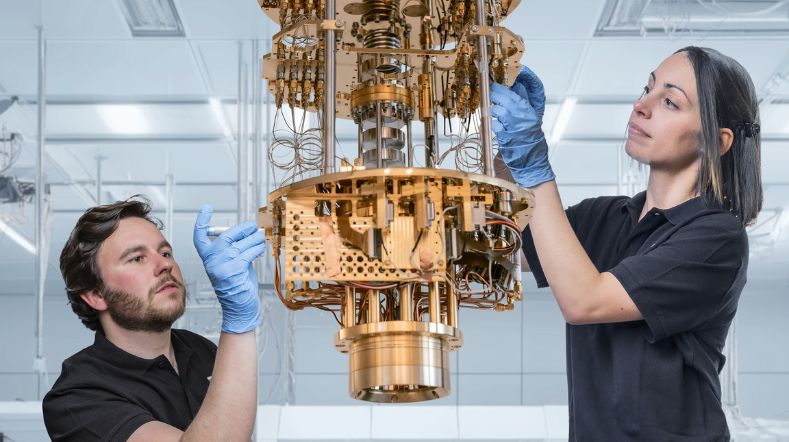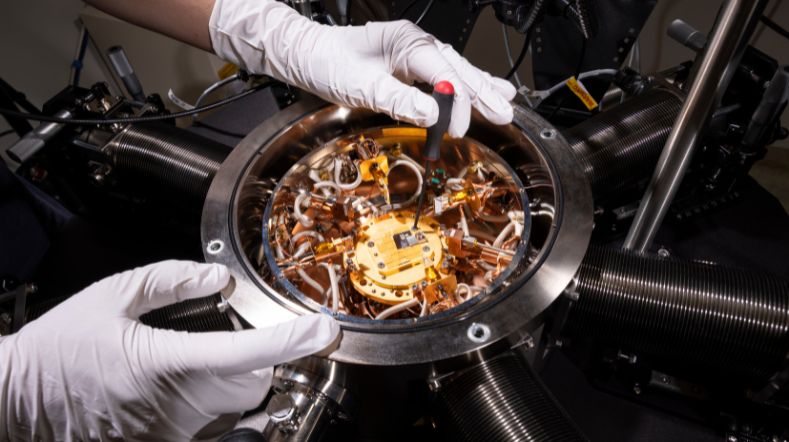Medical devices
Demographic changes have led to the growth of age-related diseases such as diabetes mellitus, cardiovascular disease and neurodegenerative diseases such as Alzheimer’s and Parkinson’s. Technical innovations are needed for a better and affordable health care. Technologies based on light offer a solution: Medical Photonics.
Staying healthy with medical devices
Demographic changes have led to the growth of age-related diseases such as diabetes mellitus, cardiovascular disease and neurodegenerative diseases such as Alzheimer’s and Parkinson’s. Technical innovations are needed for a better and affordable health care. Technologies based on light offer a solution: Medical Photonics.
Attention for health, prevention and early diagnostics will grow further in the future, in order to prevent expensive treatments and allowing the highest possible degree of participation in society. TNO develops innovative photonic medical devices in collaboration with medical device industry. These innovative devices are applied in secondary, primary and home care.
Light-tissue-interaction
TNO has a strong knowledge position on the field of light-tissue interaction. Measurements are carried out on human tissues by non- and minimally invasive photonic systems. The development of such ‘photonics-based medical devices’ starts with the knowledge about the disease processes. This knowledge is then translated into optically measurable biomarkers.
TNO designs the innovative devices to measure these biomarkers. Complex light-tissue interaction models and analyses are used to create robust algorithms that can measure these biomarkers in a quantitative manner.
Tissue Optics Monte Carlo Analysis (TOMCA®)
TNO has an extensive Tissue Optics Monte Carlo Analysis (TOMCA®) tool that is used to model the spectral interaction of light and tissue. Our validated optical tissue models are used to calculate the spectral responses of a specific sensor configuration. This enables the optimization of the optical sensor configurations. A major advantage of this is the opportunity to analyze many inter- and intrapersonal variations of tissues in order to realize the most robust algorithm for an optimal sensor design.
We have, for example, simulated the optical response of a specific sensor for ten thousands of individuals skin configurations. TNO provides these Monte Carlo analyses as a service to medical device companies to support the development of their own photonic tissue sensor.
Within the field of medical photonic instruments, TNO has special attention for the areas: retinal imaging, wearables (including photonic health patches and smart bandages) and ultrasensitive optical ultrasound transducers.
Retinal Imaging
TNO develops innovative retinal imaging devices with new diagnostic functionalities based on multispectral tissue optics. The eye is the only organ in the body with direct visual access to both neural and vascular structures. Next to improving the diagnosis of eye diseases, we therefore consider retinal imaging as an interesting tool for the detection of systemic diseases such as Alzheimer’s and Parkinson’s and cardiovascular conditions. TNO also develops compact and portable solutions for fast point of care diagnosis for general practitioners and paramedics. Read more about the startup Retinascope.
Model Eyes
Before retinal imaging prototypes are validated on human subjects, it is essential to accurately test the prototype and to validate the optical model behind the innovative design.
TNO has designed a series of Model Eyes which represent the tissue optical properties of the retina divided into 2 classes:
- 3D heterogenous tissue optical phantoms that mimic different tissue layers along with their scattering and absorption properties.
- 3D phantoms in which optical tissue mimicking properties can be dynamically controlled, such as the oximetry of blood in a retinal vessel (see video).
Photonic health patches and wearables
Technological advancements in the field of thin film flexible electronics and light sources enable the development of compact low cost photonic wearables and health patches. Such a wearable photonic sensor could be used to monitor health related biomarkers and to provide users with feedback on their health status and advise how to improve their health situation.
As an example one might think of a health patch monitoring SpO2 levels of Covid19 patients at home, or a smart bandage monitoring wound healing after a mastectomy.

Integrated photonic ultrasonic transducers
In “Integrated photonics” small silicon structures on silicon chips manipulate light in order to build extremely compact optical systems and sensors. At TNO innovative integrated photonic sensors are built for medical ultrasound applications. These highly sensitive sensors can detect very low acoustic pressures. This enables US imaging at deeper penetration depths or with increased resolution at higher US frequencies.
Ring resonator biosensing
Ring resonators are highly sensitive integrated photonic sensors. When Ring Resonators are combined with biochemical assays, they can be used to measure biomarkers in human (blood) samples at the point of care. A silicon chip of just 1 mm2 is large enough for tens of Ring Resonator sensors which can be read out independently: multiplexing. This way many biomarkers can be measured in a very small sample. In 2018 a TNO spinoff company was founded on the field of this technology: Delta Diagnostics.
Flyer TOMCA®
Knowledge about light-tissue interaction is crucial when designing optical sensors in wearables, smartwatches and retinal cameras. With TOMCA®, TNO simulates how light passes through the tissue and uses this to develop inclusive, robust algorithms.
Flyer Model Eyes
Before prototypes of retinal cameras are tested on humans, they are first extensively tested on model eyes. TNO designs advanced model eyes for the validation of retinal cameras.
Nanophotonics
Read more about nanophotonics in this PDF.
Flyer QRI Device
The eye is the only place in the human body where you have direct visual access to both neural and vascular structures. TNO's innovative retinal camera QRI images, among other things, the distribution of oxygen in the retina in order to detect diseases at an early stage.
Get inspired
Optics


Art and quantum: student team renders superposition tangible with TNO


TNO expands quantum information technology testing capabilities to support startups


Sharper choices needed in the Dutch chip industry
TU Delft appoints TNO’s Richard Versluis as Quantum and Computer Engineering Fellow



